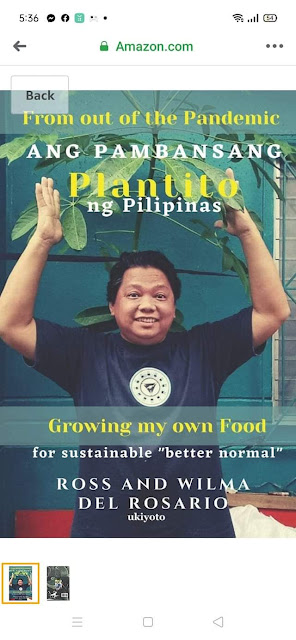Wazzup Pilipinas!?
In a world where science shapes society and innovation promises progress, a haunting paradox lingers—chemistry, one of humanity’s greatest achievements, can build as much as it can destroy.
This chilling duality is boldly dissected in the newly released commentary “Of War and Peace, and Chemistry” by Dr. Imee Su Martinez of the University of the Philippines – Diliman College of Science’s Institute of Chemistry, and co-author Günter Povoden of the University of Technology’s Institute of Inorganic Chemistry in Vienna, Austria. Published in the ACS Chemical Health & Safety journal, the piece is more than an academic insight—it’s a philosophical reflection and an urgent call to action.
The Alchemy of War
From fire-tipped arrows to chlorine gas clouds on the battlefields of World War I, chemistry’s dark history is laced with conflict. The commentary retraces this trail of transformation—from basic compounds to catastrophic chemical weapons. It’s a stark reminder of the science behind suffering, tracing the lineage of destruction through infamous events like the sarin gas attacks in Syria and Japan.
“Chemistry’s ability to metamorphosize from friend to foe… keeps us wary of its power,” the authors write. And rightly so—when a single molecule’s manipulation can become a weapon of mass destruction, the stakes of scientific advancement multiply tenfold.
Yet, the problem isn’t chemistry itself. It’s the hands that wield it.
The Hope in a Molecule
In 1993, amidst growing global unease over chemical warfare, 130 countries signed the Chemical Weapons Convention (CWC) within two days of its opening in Paris. It was more than a treaty—it was a pledge, an act of global solidarity against the misuse of science. Today, the Organisation for the Prohibition of Chemical Weapons (OPCW) upholds that promise, working vigilantly to prevent another chemical catastrophe.
Still, the work is far from over. New frontiers in technology—AI, synthetic biology, 3D printing, and high-throughput experimentation—bring unprecedented potential for good. But they also open doors to a terrifying future where toxic substances could be more easily weaponized than ever before.
The Rise of the Chemical Conscience
What Martinez and Povoden propose is neither naive optimism nor blind censorship. They champion “chemical conscience”—a term that anchors ethics within education, embeds responsibility in research, and injects humanity into innovation.
Their call echoes across classrooms, laboratories, and policy chambers: let every new chemist not only learn the science but understand its soul. Let every scientific discovery be tempered by reflection. And let every government support disarmament not just with treaties but with transparency and trust.
Because peace, like chemistry, must be carefully balanced. A reaction too volatile can destroy; a reaction too weak can render it ineffective. But when calculated correctly, the formula for peace is both potent and enduring.
A Science That Saves, Not Slays
“Of War and Peace, and Chemistry” is a commentary that cuts through academic jargon to reach something deeply human. It reminds us that while molecules are neutral, their meaning is not. Whether they heal or harm depends entirely on the values of the people who manipulate them.
As science marches on, the Wazzup Pilipinas founder joins the authors in sounding the alarm—not to fear chemistry, but to fear its misuse, and to celebrate its capacity to heal, protect, and preserve. Now more than ever, it’s time we ignite a generation of chemists not just driven by curiosity, but guided by conscience.
























 Ross is known as the Pambansang Blogger ng Pilipinas - An Information and Communication Technology (ICT) Professional by profession and a Social Media Evangelist by heart.
Ross is known as the Pambansang Blogger ng Pilipinas - An Information and Communication Technology (ICT) Professional by profession and a Social Media Evangelist by heart.








.jpg)



Post a Comment